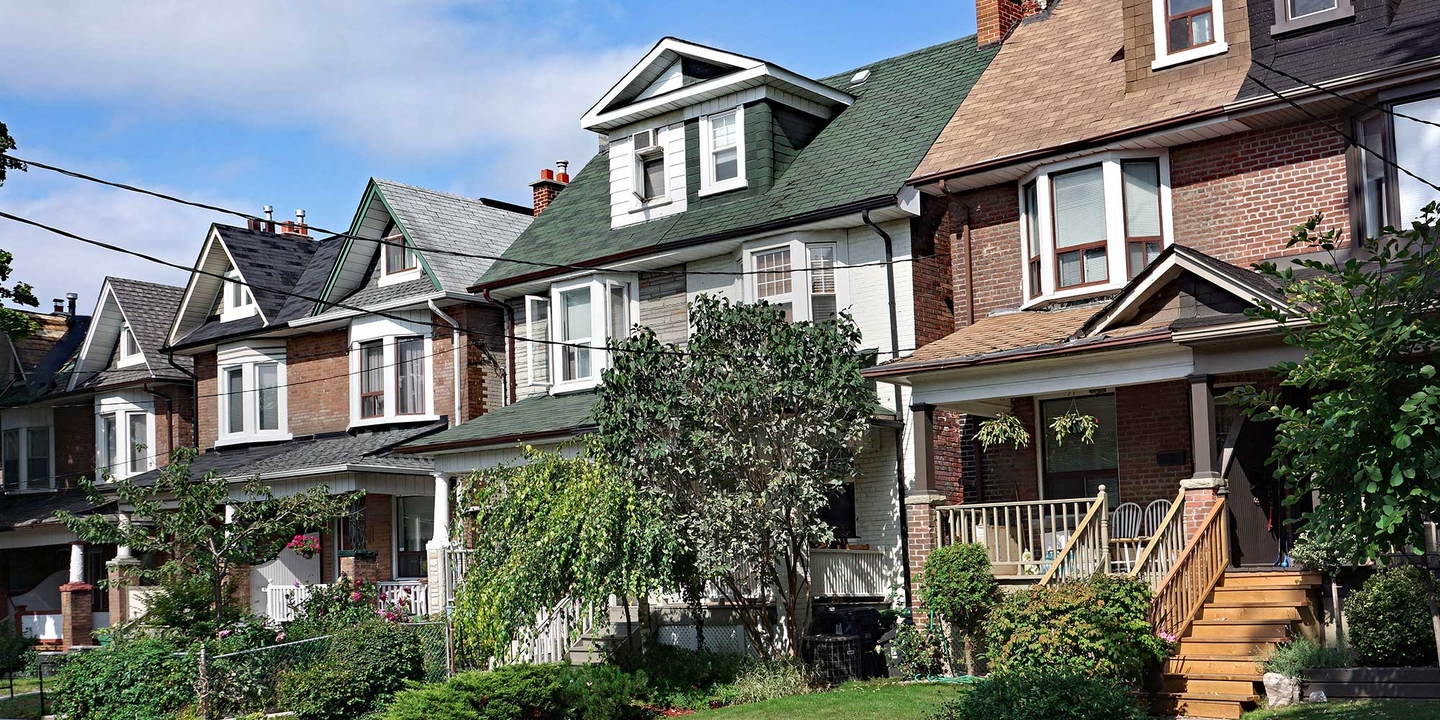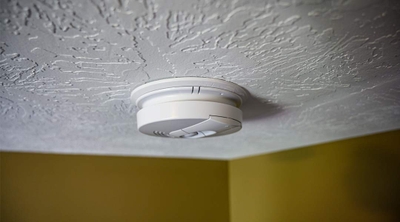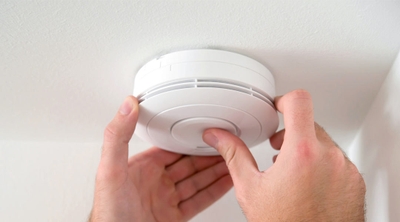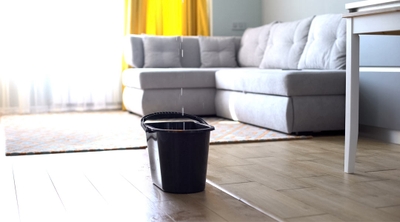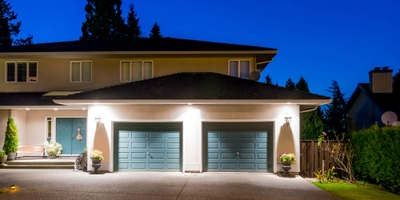Safety tips for living in an old house
3 min read
Rare is there a charm as special as that of a historic house. The ornate attention to detail, the cozy neighborhood, the curiosity inspired by the stories the home has witnessed through the decades. But if the walls could talk, they might warn you of issues of living in an older home that could put your family’s safety at risk.
Whether it’s related to electrical, plumbing, gas, or insulation, old homes require some diligence on your part to maintain the charm. Here’s a look at some common dangers of living in an older house that might need to be addressed sooner rather than later.
What to look for when buying an old house
Faulty wiring
According to the U.S. Fire Administration, electrical malfunctions cause 10% of all fatal home fires. Wiring can go bad for several reasons, including the system overloading and rodents making a snack of the wires behind your walls. Whatever the cause, here are signs that things could go haywire:
- You can see frayed or exposed wiring through the rubber insulation.
- The breaker keeps tripping.
- Lights are flickering, dimming, or buzzing.
- The areas near wall outlets and light switches feel warm or are vibrating.
If you experience any of these issues, contact a professional electrician and find out if your homeowners insurance covers electrical wiring.
Mold
Moldy bread is bad. A moldy home is worse, especially when it’s black mold, which thrives in warm, humid areas like basements, crawl spaces, bathrooms, laundry rooms, and even kitchens. If left to grow, black mold exposure can cause health issues like wheezing, stuffy noses, and skin irritation. Prolonged exposure can lead to more serious conditions, including asthma.
Previous leaks in the house, even ones that were repaired, may have left a moldy calling card. Not all mold is toxic, but it’s still not the kind of houseguest you want. If you suspect mold is occupying your home but you can’t see it, pick up a mold test kit at your local hardware store. Removing mold in your home can cause further exposure, so either hire a professional or take proper precautions.
Learn about how home insurance covers mold damage.
Carbon monoxide
Another issue with old houses is carbon monoxide. According to the Centers of Disease Prevention and Control (CDC), carbon monoxide is invisible and odorless, and responsible for an average of 439 accidental, non-fire-related deaths per year. Exposure to carbon monoxide leads to flu-like symptoms, dizziness, unconsciousness, and death. Carbon monoxide is generated by home appliances like your water heater, furnace, dryer, and stove. One sneaky way it can creep into your home is through clogged dryer vents—not the lint trap, but the actual vent that leads outside. It’s wise to have professionals clean those vents annually.
Also, check the duct from the back of the dryer to make sure there aren’t any leaks. And, of course, outfit your home with the appropriate number of carbon monoxide detectors. Test the detectors frequently and change the batteries every six months.
Asbestos and lead paint
Some of the most concerning dangers of old houses are asbestos and lead paint. Asbestos was commonly used for insulation, wall patching, and other home construction until the 1970s, and lead paint was common in-home decorating until the federal government banned it in 1978. There’s a good chance that if your home was built before the Carter administration, your family is at risk of asbestos and lead exposure.
Both are extremely dangerous. Approximately 24 million housing units have deteriorated lead paint and elevated levels of lead-contaminated house dust. More than 4 million are homes to one or more young children, according to the Centers for Disease Control and Prevention. If you suspect either asbestos or lead paint in your home, contact professionals to have it removed. Learn more about what to expect for asbestos testing.
Windows
Windows can make all the difference in a home, both by dressing up the exterior and the interior as they let in natural light. But they come with some risks when living in an old house. Children can fall out of unsecured windows, and window blind cords can be choking hazards for curious toddlers.
You don’t want to live in a windowless box, so thankfully, there are ways to protect your little ones from window-related dangers:
- Install a window stop/wedge, which prevents the window from opening more than four inches.
- Install windows that open from the top instead of the bottom.
- Keep cords tied up or install cordless blinds.
- Keep furniture away from the windows, so kids can’t crawl up and push their way out.
- Remember that screens are meant to keep bugs out, not children in.
Insurance considerations for older homes
Older homes can also have different homeowners insurance needs. For instance, an older home’s systems may not be up to code. If your home is damaged by a storm or other peril, you may be required to bring your home up to code by your local municipality when you make any repairs. Learn more about homeowners insurance for older homes.
